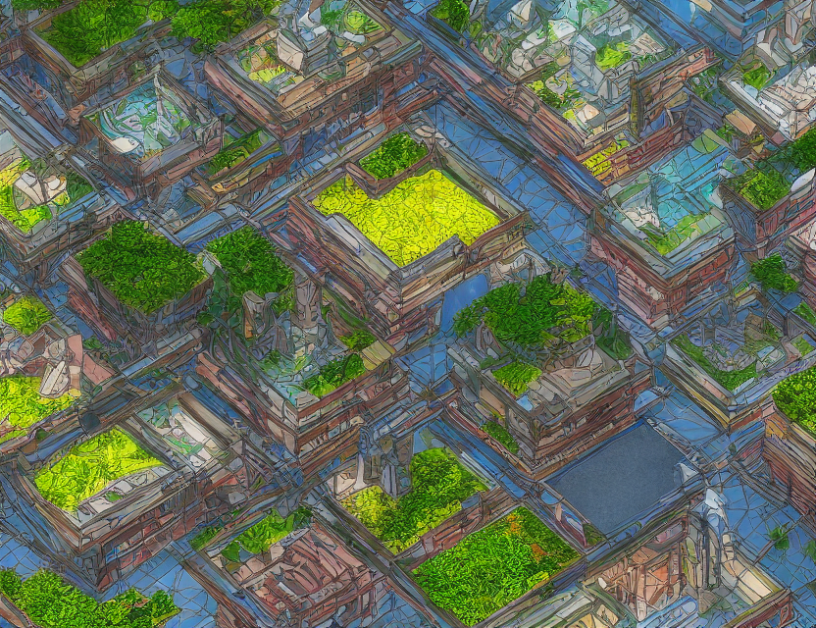In the world of computer graphics, novel-view synthesis is a technique used to create new views of an object or scene from different angles. This technology has numerous applications, including video games, virtual reality, and special effects in movies. However, generating high-quality novel views can be challenging, especially when dealing with complex scenes or objects. To address this problem, researchers have developed various methods based on deep learning, which can learn to analyze and generate images using analogies from known examples.
Gram Matrix
One popular approach for novel-view synthesis is based on the Gram matrix, a mathematical tool used to capture the correlations between feature maps in an image. By computing the Gram matrix for a given scene or object, researchers can compute the style loss and optimize it using deep learning techniques. This approach has been shown to produce high-quality novel views with preserved semantic details.
Markov Random Fields
Another technique used in novel-view synthesis is Markov random fields (MRF). MRF models are based on probability theory, where each pixel is assigned a set of possible values conditioned on the values of its neighboring pixels. By optimizing these probabilities using deep learning techniques, researchers can generate novel views that preserve the structural information of the original scene or object.
Combining Deep Learning and MRF
To improve the quality of novel-view synthesis, researchers have explored combining deep learning with MRF models. By integrating the strengths of both approaches, this combination can produce even higher-quality novel views with enhanced semantic details. This hybrid approach has shown promising results in various applications.
Nearest Neighbor Search
Several methods for novel-view synthesis involve computing the nearest neighbor distances between features extracted from corresponding content and style patches in a coarse-to-fine manner. By minimizing these distances, researchers can generate novel views that preserve the semantic information of the original scene or object while adapting to different viewpoints.
Learning Linear Transformations
Another approach for novel-view synthesis involves learning linear transformations between content and style features using convolutional neural networks (CNNs). By learning these transformations, researchers can transfer the style of a given image to a new view while preserving the semantic details of the original scene or object. This approach has been shown to produce high-quality novel views with accurate lighting and shading.
Conclusion
In conclusion, deep image analogy is a powerful technique for novel-view synthesis that combines the strengths of both traditional computer graphics techniques and deep learning methods. By leveraging the correlations between feature maps using the Gram matrix or by optimizing probabilities using MRF models, researchers can generate high-quality novel views with preserved semantic details. Additionally, combining these approaches with deep learning techniques or learning linear transformations can further enhance the quality of novel views. As computer graphics continues to evolve, it is likely that deep image analogy will play an increasingly important role in creating realistic and engaging visual experiences.



